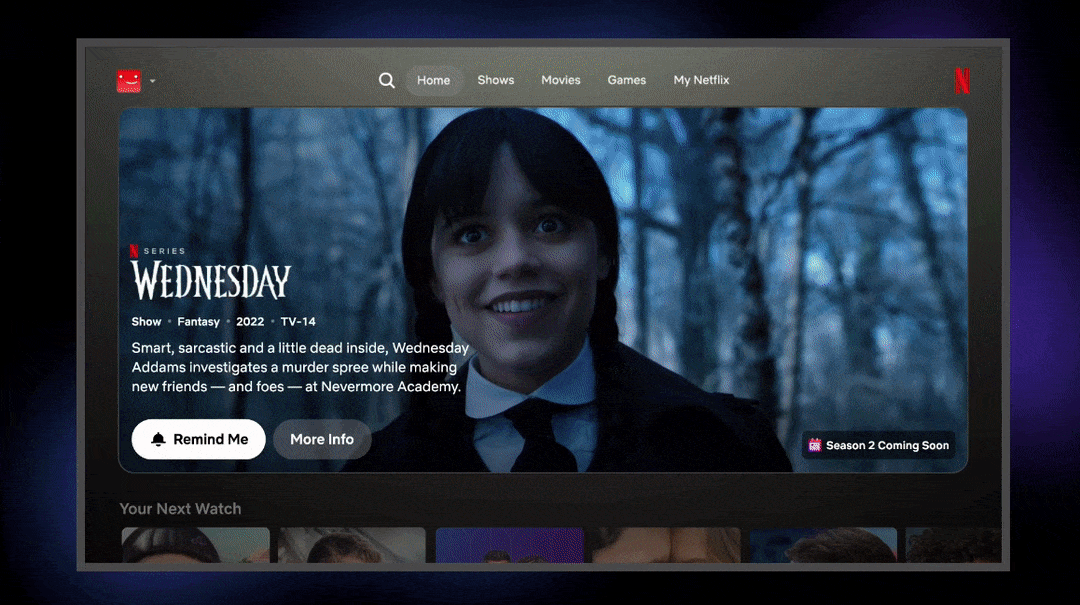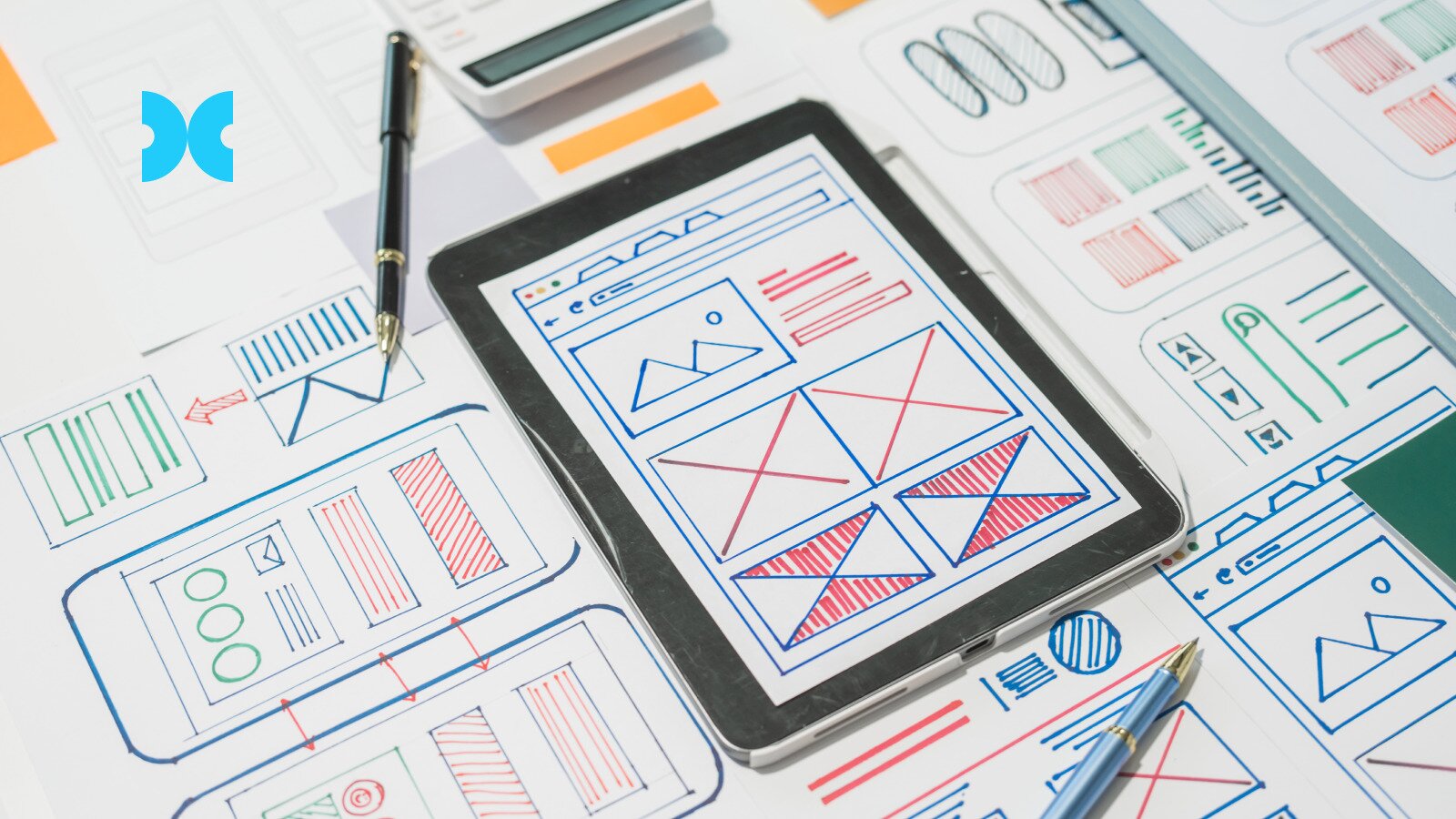In this AMA, bestselling author and popular speaker, Scott Berkun, delivered an energetic session that got us all thinking differently about design. Here you can watch it all again, or read on for the overview.
Scott's the author of eight books, including The Dance of The Possible, The Myths of Innovation, Confessions of a Public Speaker, The Year Without Pants and his latest – How Design Makes The World – the fun way to understand good design.
His work has appeared in The New York Times, The Washington Post, Forbes, The Wall Street Journal, The Economist, The Guardian, Wired magazine, USA Today, Fast Company, National Public Radio, CNN, NPR, MSNBC and other media.
As a member, you can enjoy three chapters of his new book right now, right here!
Topics & Questions
- About How Design Makes The World
- What does bad design look like?
- Can tech save the world?
- Not everyone is a designer
- If you work in an organisation without UX professionals and get pulled into design, how can you build confidence?
- How can you convince developers of their limitations as designers and get them to buy into user testing?
- If you're starting a new startup and have to hire one person to do design – who is it?
- When building for a technical audience, is it better to focus on what users are familiar with, rather than trying to abstract complexity?
- How much inertia there is to new solutions and new products?
- How do you advocate more for design for use?
- Should there always be a professional team or should Product Managers be building wireframes/mockups/prototypes?
About How Design Makes The World
I've never been all that happy with how the world is designed, and I think that most people who make stuff for a living, whether they're engineers, writers, designers or programmers, they do what they do because they want to make the world better. They see it as a gap between how the world is and how it should be.
I studied design in college, I worked as a team leader of design teams and engineering teams for years, and I've been a student of the history of how things are made.
I feel like there's a much better way to approach thinking about all this stuff that's far more inclusive, that brings together these different backgrounds and perspectives and through telling good stories about the way we've ended up with the world that we have. I wanted to write my latest book so that there's no barrier to entry.
So many of these design books require you to be tech-savvy, which means a CEO can't read it or they require you to have a design background or to know what UX is. I wanted to write a book that had no preconceptions at all.
You can give it to almost anybody – a teacher, your neighbour, your friend, your mom, your dad, your CEO, if you think they need to understand how to make things better and have a fun read in two hours.
What does bad design look like?
So, do you use Microsoft Outlook ever? Joke! So, really there's no such thing that's been made, that's good for everybody. Period. If I told you what my favourite thing is in the world and how amazing it is, you'd probably be talking about my personal preferences. I think this is one of the problems with the way we talk about design, it almost always ends up falling on the biases we have about our own needs and desires. And when someone comes along and they tell us that their favourite product is Microsoft Outlook, we just laugh at them. How could that be you must be so stupid! You must be so weird and strange in your preferences if you enjoy that, but that's part of the flow of all this – to design something really well means you're recognising you can't make it perfect for everybody.
Can tech save the world?
There's always been something in the tech culture, about how ambitious we can be and that technology solves every problem. And that whenever in history, there's been a social problem, the response is, 'well we should just make an app for that', or 'we'll just do a hackathon at a weekend and we will solve how education is done across America'. That is a stereotype. But there's some truth to it, that the way people learn technology and how the tech sector itself tends to be pretty myopic and that there's not a lot of knowledge about other fields or respect for domain knowledge, it's often, 'I'm an engineer, I can build anything in a weekend and I don't need to know actually how that organisation works'.
However, a lot of the problems that we are dealing with right now have to do with communication, access to knowledge or access to tools. There are technological problems that are wrapped up in all of this and there are ways that people who have technological skills or design skills can be useful, but it usually starts by not brainstorming and jumping into some programming tool, but actually going to the people who are experts, and who are doing the work already, and talking to them. Go to these people first and listen to them. Unfortunately, this is something a lot of people who have creative and technical skills don't tend to do. They tend to just go and build stuff because they like to build stuff.
Not everyone is a designer
I think a lot of the outrage designers have about this topic is that they literally think that by saying everyone is a designer, it means that people are going to fire them because 'hey I just saw that everyone's a designer so I give me your Photoshop licence and get out of my building!' which is a very sensitive posture to have.
I think if there was a thing on Twitter that said 'everyone's a doctor', doctors would be like 'whatever, that doesn't bother me' but designers are often very sensitive about their perception because often they're made to feel like they're minimalized. They feel they are seen as people who just make things pretty.
If you literally look up the word 'design' it means anyone's attempt to reorganise information or stuff with a purpose. That's what the word literally means, so that definition means that when you get dressed in the morning, you're designing what you're going to look like. Now some people may look really good and do a good job of designing what they're going to look like for the day. Some people are terrible at it, but are they 'designing'.
So when I see 'everyone the designer', I don't think it means everyone's a good designer, but that everyone designs things. You can't live a life in the functioning world without designing things. Now the level of thoughtfulness you put into what you do, how much you understand about human behaviour and psychology and aesthetics and functionality, that varies.
We should be teaching more people to understand design, which is what I'm trying to do with my latest book, instead of just being turned off and upset and angry that yet again design has been maligned. That doesn't really solve the problem of elevating how people see designers.
If you work in an organisation without UX professionals and get pulled into design, how can you build confidence?
Another reason why I wrote the book is that so much of the literature about design is very narrow. You can read a book about usability, you can read a book about web design, and there's value in that as a craftsperson trying to do a job. Those books are great. However, they don't give you the broader context as to how all this fits together – what's the underlying history and theory etc. Now I see how all these things fit together and why it matters.
Just do it
So, to be a better designer? There's only one real way to do it, and it's just like learning any other skill. If I've written a book, people ask me how do I write books and I say well, you write! There's no way around it. You can read 100 books about writing and still, until you sit down and write, you're not going to get any better. So that means if you want to be a better designer, you have to design things. That could be small things like web pages but you actually just have to design stuff. As you do that, and you observe the results, you will slowly get better.
Ask for help
The sidecar to that is designing stuff and then getting feedback from somebody knows more about design than you do – you need a mentor. If, for example, during the Renaissance, you wanted to be a painter or a craftsperson you went to a Guild and you were assigned as an apprentice to someone else who knew more than you.
If you don't have any designers around you in your company, that's okay. You could join a local meetup and ask the organiser, say 'look I need a mentor, can you help?'. It's not fun to do that if you're introverted, no, but you need someone to look at your work and say 'oh that's cool' and 'hey there's another way to think about that'. It's hard to get that from a book.
Watch and learn
Also, watching people using your stuff is this last part of the whole thing. We have so much data now about user behaviour that we forget that it doesn't have the same rich quality as just watching people.
The click data that you have doesn't tell you what happens between the clicks. Someone might click on your one button and get so frustrated and punch the wall and then come back and click on the next button and your data stream will tell you 'well It took four seconds for them to do that'. You totally missed that you have really infuriated them with something you did. There's all this information you get about the human element to using something, and if you're building something and designing something, you need a sense of that.
How can you convince developers of their limitations as designers and get them to buy into user testing?
Often the problem is because the person doesn't understand the gap between their perception of what the user experience is, and what the reality of it really is. I'd, therefore, just take the most recent version wherever you're building and go on your own to user testing. Use the thing and get a video of it. You take the highlight reel (or the low light reel we call it) showing all the stuff people get frustrated by and just make them watch it for a minute.
There's an emotional response that you get when you're the maker of something, and you're proud of what you make, but you watch someone else struggle with it. It's better than any argument and better than any dataset. It's that visceral experience of showing someone struggling with something they've made makes them open-minded to whatever else you say.
If you're starting a new startup and have to hire one person to do design – who is it?
I think if I'm in a start-up, I have to hire a generalist. They don't need to be the best visual designer and they don't need to be the best researcher because the project probably doesn't demand that level of quality for those things. If I'm making something like a programmer or memory optimization tool I probably don't need a visual designer, I probably just need it not to be ugly, which a generalist designer UX person can probably do.
When building for a technical audience, is it better to focus on what users are familiar with, rather than trying to abstract complexity?
Start with what people know. As a designer, you are always riding this line. You don't want to force people to learn things, because that creates friction. So whenever one talks about whether something should be intuitive that means you have to base it on something they've already experienced. And that's also why the word intuitive is kind of a misnomer because unless you know exactly what other people know it's a relative term.
How much inertia there is to new solutions and new products?
I have very mixed feelings about this. On the one hand, as a person in the world, if I'm happy with what I have, leave me alone. I don't want the upgrade! I probably don't need it. Most stuff is not going to solve a new problem for me. If you really thinking about designing for people, you have to keep that in mind – if they're happy with what they're doing, why force them to relearn the thing? However, on the other side. I am a capitalist. I wrote a new book and I want people to buy it. I want them to upgrade from whatever classic book on design they recommend e.g Design of Everyday Things or Steve Krug's Don't make me think to my book in just the same way, a Product Manager wants people to upgrade to the new version of their product.
This becomes a lot more about marketing, and about how you position this new thing, relative to the old thing. And there are dubious ways to market where you're much better at the sales pitch than the reality of the product, but there are also ethical ways to market where you can say 'for these four problems you have with the old thing and this new thing solves them much better than the old thing, let me show you how'.
How do you advocate more for design for use?
It's hard. Someone has to be the person that asks that question for the people in the room who don't seem to notice. Like, for example, what about other languages?. There are still product teams that make brilliant stuff and don't think about the fact that, at some point, someone who doesn't speak their language is going to use the product.
And, even if you're not in a leadership role, in any room you're in, there's going to be someone in more of a leadership role than you are. When you ask them a question like that, they can then go to the next meeting, where there are even more leadership people in the room.
That's a very grassroots oriented way to approach this but any tech/company culture that says 'we're open-minded, we like new ideas, we like being challenged' is a perfect example of that. It should at least be part of the conversation at every level. But, if you can't get your own level around you to even answer that question or respect that question, then you're probably not working in a very ethical workplace, despite whatever they say about their values.
Should there always be a professional team or should Product Managers be building wireframes/mockups/prototypes?
I have seen organisations where everyone in a Product Manager role has some kind of UX background. They were CS majors or took a UX class, and so they have some ability and experience, or they're led by someone who does. Maybe they don't need to have a dedicated UX person on their team. However, the usual case is that no one wants to do the UX work. The Product Managers get it, it's another task on top of their overloaded list and they do a lousy job of it […] and that's a real problem.
If you're not sure, you should at least hire a UX person as a consultant for two months, have them come in, do that role, and ensure that part of that contract is that you want them to teach the product management team in some way. After two months, then you have a better sense of all these things that were unknown to you.






